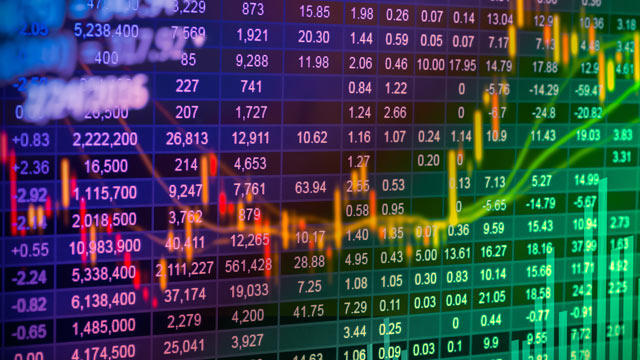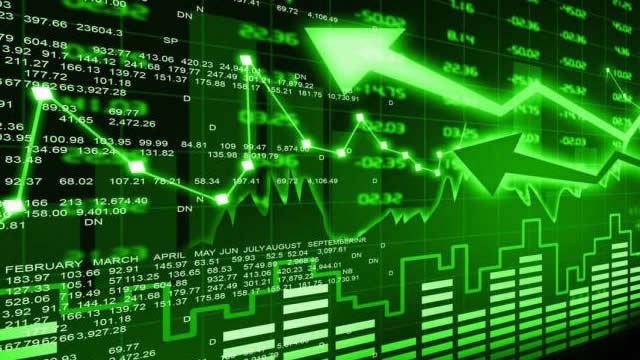Copper Prices on the Rise: A Look at the Impact on Investors and the World
The price of copper, a key industrial metal, has been on an upward trend lately, fueled in part by President Trump’s continued efforts to implement tariffs. As of now, the red metal has surged to over $3.50 per pound, marking a significant increase from the $2.50 range it hovered around just a year ago.
Impact on Investors
For investors, the bullish momentum in copper prices presents an opportunity to consider copper-focused Exchange-Traded Funds (ETFs). These investment vehicles allow investors to gain exposure to the copper market without the need to purchase and store physical copper. Some popular copper ETFs include the iPath Series B Bloomberg Copper Subindex Total Return ETN (JJC), the Aberdeen Standard Physical Copper Shares ETF (CU), and the Invesco DB Base Metals Factors ETN (DBB).
Impact on the World
The rising copper prices have far-reaching implications for the global economy. Copper is a crucial component in various industries, including construction, manufacturing, and renewable energy. Infrastructure projects, such as roads, bridges, and power lines, require large amounts of copper for their electrical wiring and other components. Manufacturing industries, including automobile production and electronics, also rely heavily on copper in their production processes.
The renewable energy sector, in particular, is expected to see a significant impact from the rising copper prices. Solar panels and wind turbines require large amounts of copper for their production. According to some estimates, solar panels contain around 35 pounds of copper each, while wind turbines can contain up to 4,000 pounds. The increasing demand for renewable energy sources, coupled with the rising copper prices, could lead to higher costs for these projects.
Further Analysis
The reasons for the copper price increase are multifaceted. In addition to the tariffs, supply and demand factors are also at play. Copper production has been declining in recent years due to lower grades of ore being mined and declining productivity. Meanwhile, global demand for copper continues to grow, particularly in emerging markets like China and India.
- China, the world’s largest consumer of copper, is expected to continue driving demand for the metal. The country’s economic growth and increasing infrastructure spending are key factors.
- India, another emerging market, is also expected to see increased demand for copper due to its rapid industrialization and urbanization.
- Electrification trends, including the shift towards electric vehicles and renewable energy sources, are also expected to contribute to copper demand.
Despite the bullish outlook for copper prices, there are risks to consider. Geopolitical tensions, such as the ongoing trade dispute between the US and China, could lead to further tariffs or trade disruptions that could negatively impact copper prices. Additionally, supply disruptions due to mining accidents or labor disputes could also impact copper production and prices.
Conclusion
In conclusion, the rising copper prices present an opportunity for investors to consider copper-focused ETFs. However, it’s important to keep in mind the risks associated with the metal, including geopolitical tensions and supply disruptions. For the global economy, the rising copper prices have far-reaching implications, particularly in the infrastructure, manufacturing, and renewable energy sectors. It’s essential to keep a close eye on copper prices and their impact on these industries as the trend continues.
Furthermore, the impact of rising copper prices on individuals and businesses will depend on their specific circumstances. For those involved in industries that heavily rely on copper, such as construction or manufacturing, the rising prices could lead to increased costs. However, for investors looking to capitalize on the trend, copper ETFs could provide an attractive investment opportunity.





